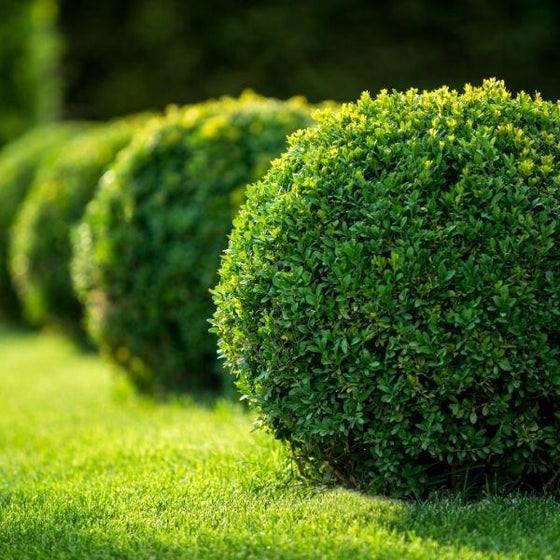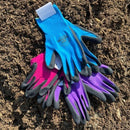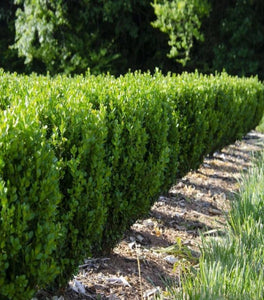
Images Depict Mature Plants
Winter Gem Boxwood for Sale Online
Winter Gem Boxwood is one of the best boxwood options because of its low-maintenance requirements and hardy nature. People are drawn to this shrub for its vibrant color, concise shape, and ability to withstand winter weather's harsh impacts.
Scientifically referred to as 'Buxus Microphylla,' the Winter Boxwood's shiny rich green foliage and spherical growth habit are eye-catching and perfect for adding sophistication and class elements. Because of their clean appearance, these evergreen shrubs are often used in formal gardens and landscapes.
This small-leaved shrub features contrasting light green foliage that changes color in the winter months. No need to worry; this boxwood quickly regains its green coloration in spring. The ideal care for the Winter Gem includes regular watering in the spring and summer growing seasons. Additionally, these shrubs appreciate full sun and perform best in growing zones 5-9.
Native to Japan, this boxwood is excellent for creating small hedges and mass plantings or used as a more formal hedge plant and clipped topiary shapes. Known for its ability to handle winter temperatures, this is an excellent option to keep your landscape looking lush all year round.

| Mature Height: | 4 to 6 Feet (less, if trimmed) |
|---|---|
| Mature Width: | 4 to 6 Feet (less, if trimmed) |
| Classification: | Evergreen shrub |
| Sunlight: | Partial to full sun |
| Habit: | Evergreen, dense foliage |
| Flower Color: | Inconspicuous |
| Foliage: | New growth emerges bright green changing to dark green and golden bronze in fall and winter |
| Soil Condition: | Any well-drained soil |
| Water Requirements: | Water well until established |
How to Care for Winter Gem Boxwood
Be sure to read our planting instructions to ensure a healthy and happy plant for years to come!
How do I plant Winter Gem Boxwood Shrubs?
We suggest digging a hole twice as wide as the root system but not deeper. Depending on the quality of your existing soil you may need to add a locally sourced compost or topsoil. Adding compost or topsoil will help the young feeder roots to spread through the loose, nutrient rich soil much easier. The most common cause of plant death after transplanting is planting the new plant too deep. You should still be able to see the soil the plant was grown in after back-filling the hole.
How do I fertilize Winter Gem Boxwood?
We suggest digging a hole twice as wide as the root system but not deeper. This plant likes well-drained soils but depending on the quality, you may need to add a locally sourced compost or topsoil. Adding compost or topsoil will help the young feeder roots to spread through the loose, nutrient-rich soil much easier. The most common cause of plant death after transplanting is planting the new plant too deep. You should still be able to see the soil the plant was grown in after back-filling the hole.
How do I water Winter Gem Boxwood Shrubs?
After backfilling and lightly compacting the 50/50 mix of existing soil and compost, give the Winter Gem Boxwood a good watering. A general rule of thumb is to count to 5 for every one gallon of pot size. For example, a one-gallon pot would be watered until you count to 5, a three-gallon pot would be 15, and so on. Check the plant daily for the first week or so and then every other day thereafter. Continue regular watering using the counting method for the first few weeks.
How do I mulch Japanese Boxwoods?
We highly recommend that you mulch your Japanese Boxwood with either a ground hardwood or cypress mulch depending on your local availability. A 2 to 3-inch layer of mulch is sufficient, but remember to take care not to cover any part of the stem of the plant with mulch. It is better to leave a one-inch gap of space between the mulch and the stem or trunk of the plant.



















